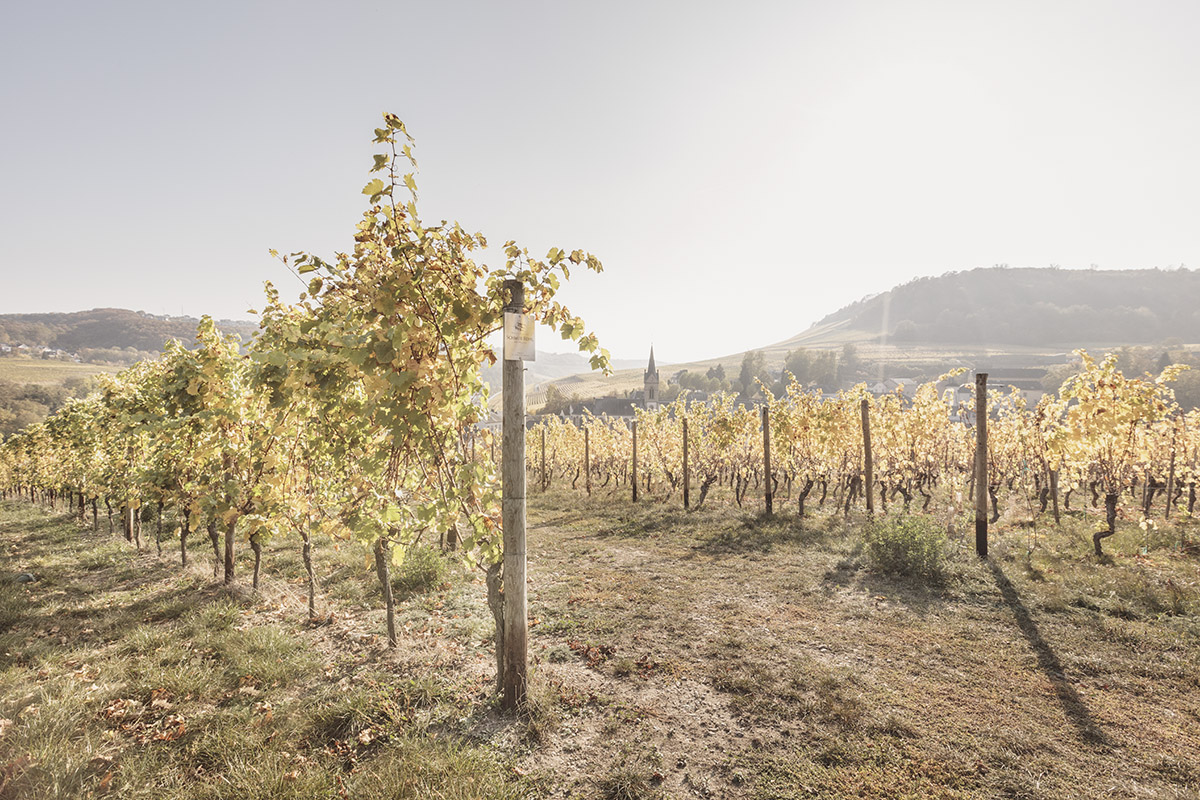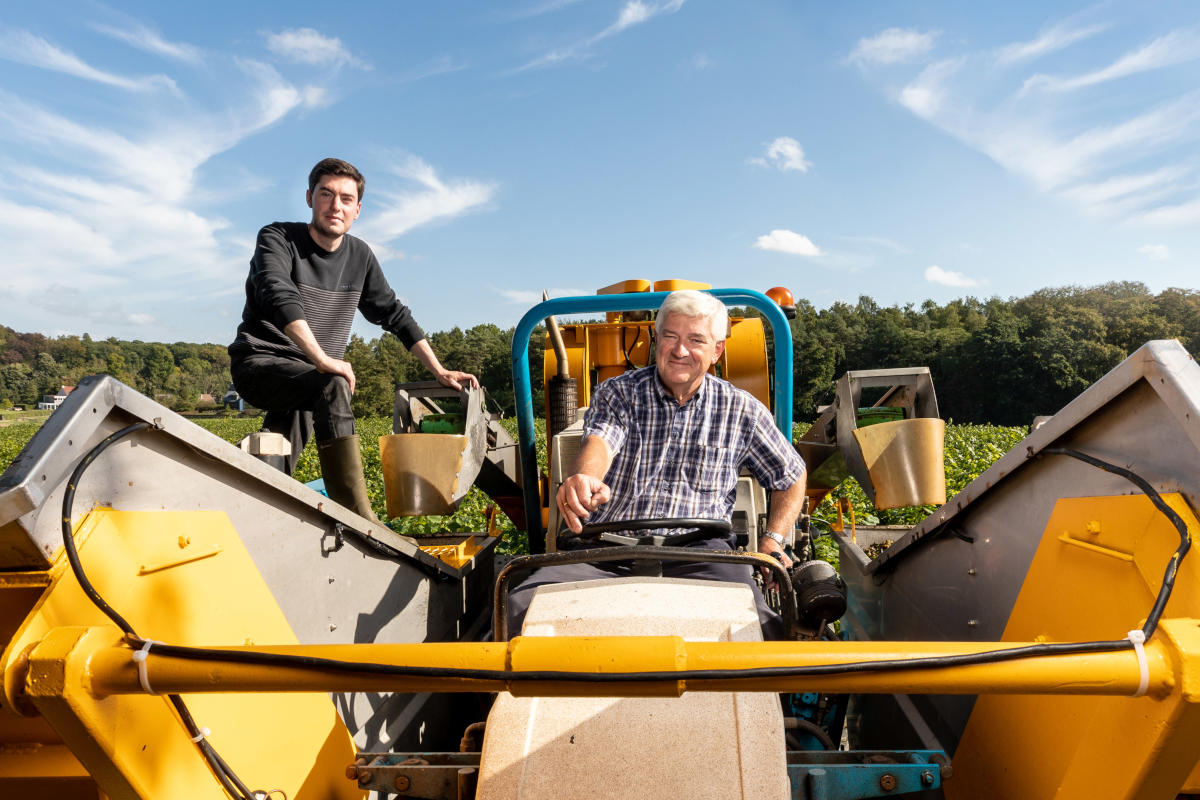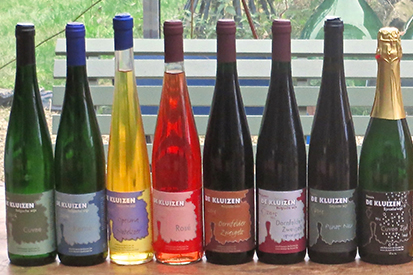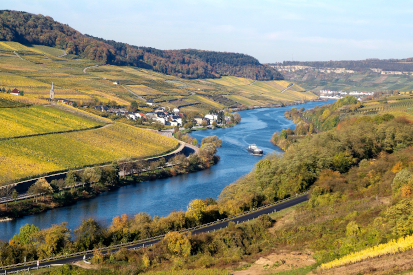Centuries of tradition and savoir faire
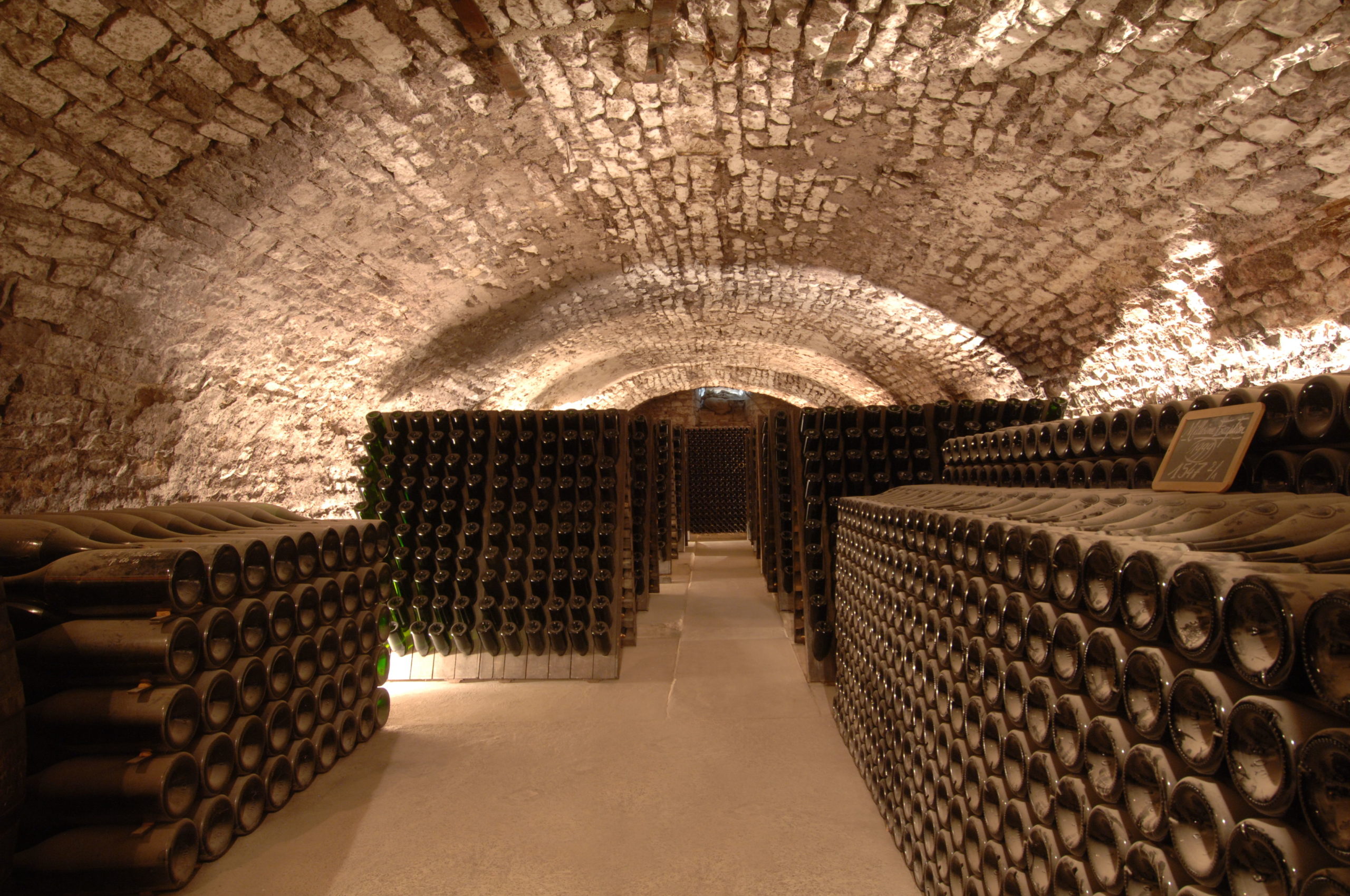
The story of Champagne Drappier runs through the eight generations that have perfected the art of producing a champagne of the highest quality. It is a successful family business that today provides true delight to the senses of their customers all over the world.
While the vineyards themselves were planted over 2,000 years ago by the Gallo Romans in Urville, it was St Bernard, founder of the Abbey of Clairvaux, who built the cellars in 1152. Seven centuries later, in 1808, they became the property of the Drappier family and the estate is ran today by Michel Drappier who is proud to keep the medieval heritage. This is a reason why the house still produces the unforgettable and timeless varieties of their collection: Arbane, Petit Meslier and the Blanc vrai.
Urville
Renowned for being a land of Pinot Noir, the Jurassic composition of the soil in Urville and its surroundings is identical to Grand Cru Chablis, allowing for a unique breed of grapes which make great Champagnes. The vineyards are cultivated in an organic, sustainable and natural way, all of which create the ideal conditions for the finest quality of grapes. Particular attention is paid to keeping the levels of sulphite in the bottles very low, so that the end product is authentically fizzy and not overdone. This fine balance is what makes the Drappier brand so appreciated among the connoisseurs and the Cuvée Brut Nature Without Sulphur so unique. With this composition, the Drappier savoir faire is able to highlight the multifaceted aspects of their terroirs and their winemaking. The vineyard spreads over an area of 90 hectares, between the Côte des Bar, home to ancient vines, the Montagne de Reims, known for its powerful Pinot Noir and the Côte des Blancs, famous for its fine Chardonnay. Michel Drappier is proud to say that: “Without this exceptional vineyard that sees its future through its roots, the Drappier house would not have achieved the reputation it enjoys now. We owe it to this unique land.”
A perfected production process
“For us, producing the highest quality of champagne goes from selecting the best grapes to choosing the best techniques for an optimal taste and texture. This is why some of the ageing will take place in wooden casks made of the best wood in France,” he says. The task of selecting the grapes requires specific knowledge to retain the spirit of each parcel of land and capitalises on each grape’s characteristics. As for the amount of fizz, Drappier says: “We are fiercely opposed to excessive use of sulphur and use the weakest dose in our profession. This results in the Champagnes we produce have more natural colours with rich, coppery gold and more expansive aromas. This is our way to respect our customer as well as generating a fine, subtle effervescence.” While the vintage varieties age in the cool darkness of the Reims cellars, dug out of chalk in 1870, the large-sized bottles are prudently lined up in the twelfth Century cellar. “As for the ‘liqueur d’expedition’, they are aged in oak casks, then in demijohns for a period of over ten years, in order to gain concentration and refinement. The ‘dosage’ of this extraordinary liqueur accentuates the duration of taste in the mouth all without overburdening the palate. The Champagne obtained in this way is more complex and also purer,” says Drappier.
Innovation
Centuries of tradition and medieval heritage hasn’t prevented the Drappier house to constantly look for ways to innovate and bring new tastes to the palates of their customers. Being the only producer offering champagne born out of four types of white grapes and proud creators of a 100 per cent Pinot Noir Rosé Nature Brut, the Drappier family hasn’t stopped to amaze its varied and international clientele. A couple of house classics include the Carte d’Or, a bottle that expresses all the aromas of the noble grape variety of Pinot Noir. Another one would be the Charles de Gaulle, named after one of its most famous aficionados. Truly vintage, the Charles de Gaulle Cuvée is composed of 80 per cent Pinot Noir and 20 per cent Chardonnay. Not to mention the Grande Sendrée vintage, a complex rich blend of hints of citrus fruits, hazelnuts and almonds with the touch of vanilla coming to life with the Chardonnay and violet scent with the Pinot Noir.
A bright future ahead
Always eager to be at the top of their art, the Drappier house is proud to be developing new tastes for every season and every occasion and remain a recognisable name in the competitive field of Champagne creation. “The aim is to keep evolving towards quality and variety,” Drappier concludes.
Text: Bettina Guirkinger | Photos: Champagne Drappier
Subscribe to Our Newsletter
Receive our monthly newsletter by email
